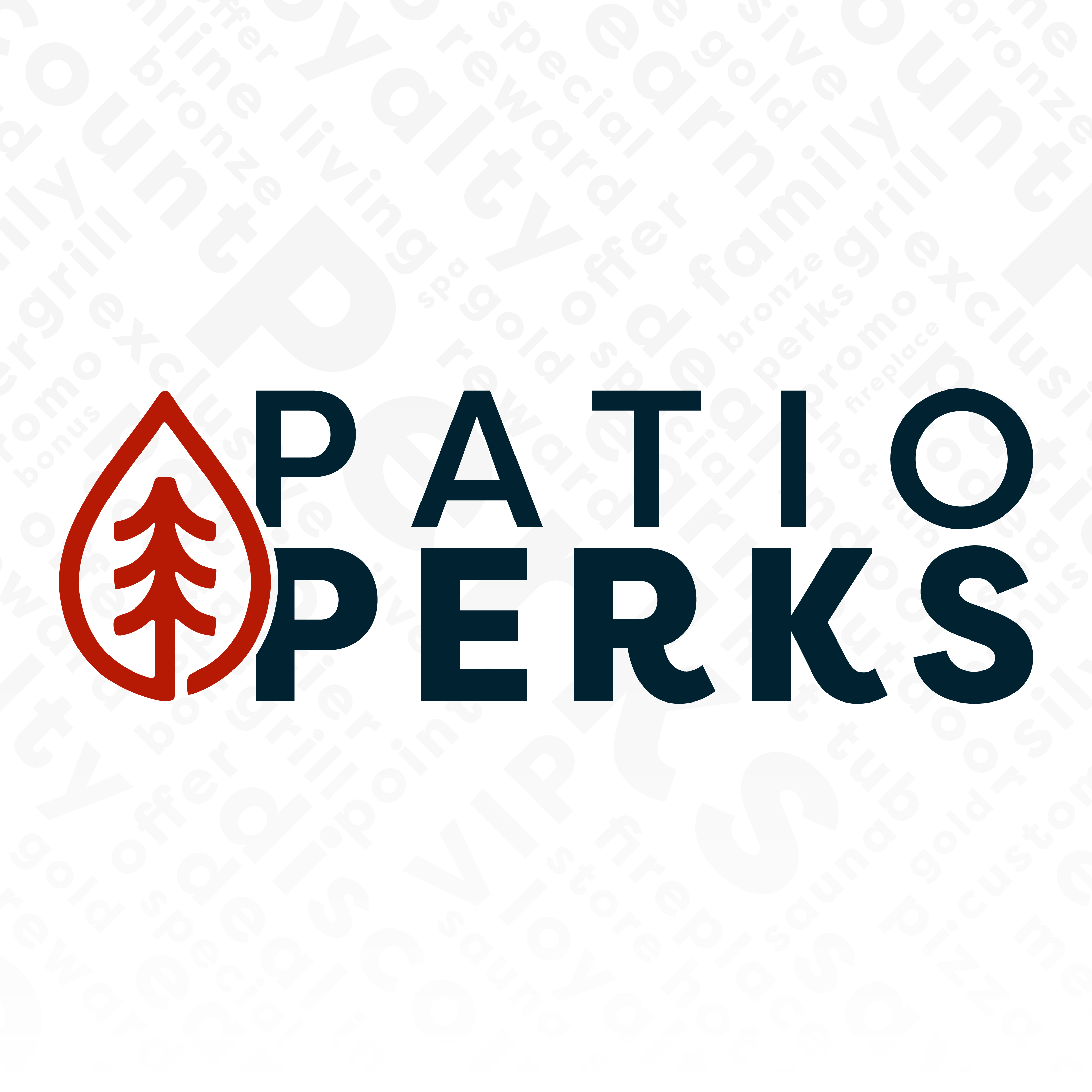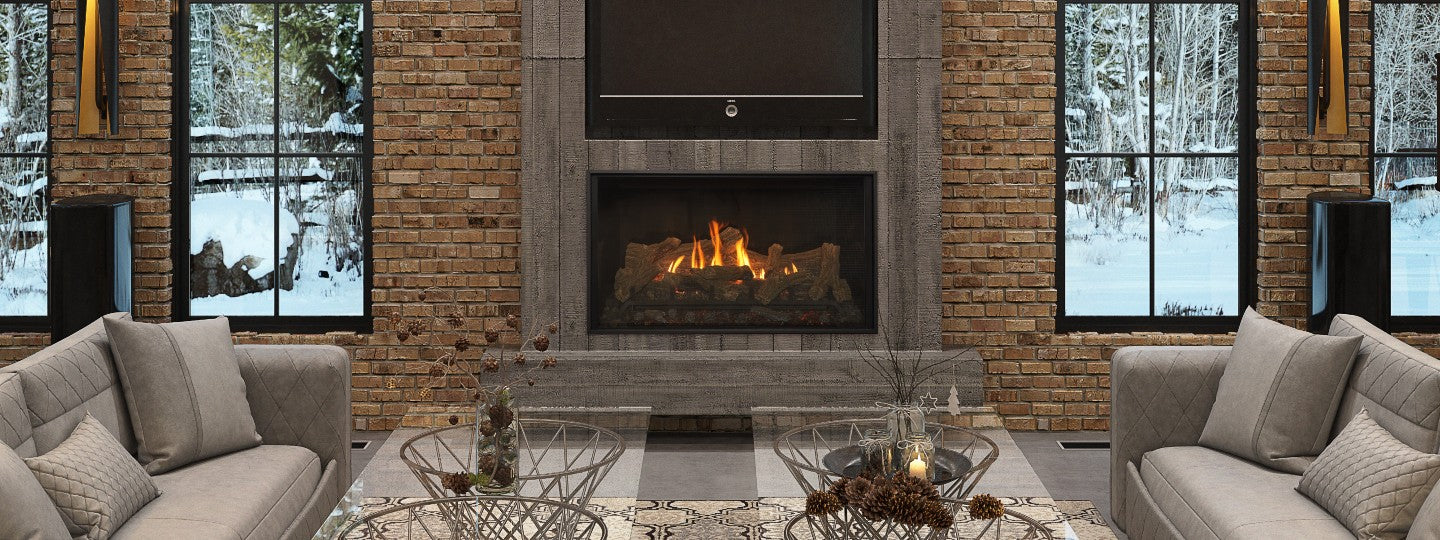From Cold to Cozy: A Beginner's Guide to Fireplace Installation
Which Stove Material is Right For You: Cast Iron, Steel, or Soapstone?
Embrace the Efficiency of Zone Heating (Wood Fireplaces)
Importance of Fireplace Fronts: Functionality & Maintenance
Basic Tips for New Gas Fireplace Owners
Understanding Fireplace Mechanics and Safety Practices
Harnessing the Warmth: How a Fireplace Can Heat Your Entire Home
Fireplaces have long been cherished as focal points in homes, offering not only aesthetic charm but also functional warmth. However, many homeowners may underestimate the fireplace's potential as a primary heating source for their entire house. In this blog, we'll explore the mechanisms behind how a fireplace can effectively heat a home, providing both comfort and efficiency during colder months.
Unlock Cost-Efficient Warmth: The Power of Pellet Stove Inserts
As you navigate the winter chill, consider the transformative power of a pellet stove insert. Beyond mere aesthetics, these inserts offer an eco-conscious, cost-efficient, and low-maintenance solution to keep your home comfortably warm throughout the season. Embrace the warmth, embrace the efficiency!
Fireplaces and Stoves and their Impact on Home Insurance/Property Value
A fireplace or stove can be a great addition to any home. They can provide warmth and ambiance, and can even help to reduce heating costs. However, they can also have an impact on your home insurance and property value. In this blog, we'll take a closer look at the relationship between fireplaces and stoves, and home insurance and property value.
Troubleshooting Woes: Why Won't My Stove's Pilot Light Ignite?
The allure of a roaring fireplace can be dampened when the pilot light refuses to shine. Armed with an understanding of potential issues and armed with practical DIY troubleshooting tips, you can often revive the flame and transform your space into a warm haven once again. Remember, safety first, and when in doubt, a professional touch ensures that your fireplace continues to be the heart of your home.
What Wood Should I Burn in My Fireplace?
Burning wood in a fireplace can be a cozy and satisfying way to heat your home during the colder months. However, not all types of wood are created equal when it comes to burning in a fireplace. In this blog post, we will explore the different types of wood and which ones are best for burning in a fireplace.
Electric Fireplace FAQ
Electric fireplaces are an increasingly popular alternative to traditional wood-burning fireplaces, offering a range of benefits such as easy installation, minimal maintenance, and enhanced safety. Unlike wood-burning fireplaces, electric fireplaces do not require a chimney, ventilation system, or costly installation, making them an ideal choice for those living in apartments or rental homes. With a variety of models available on the market, electric fireplaces also offer a range of features, such as adjustable heat settings and flame color options, allowing homeowners to create a cozy and inviting atmosphere in any room. Whether you're looking to upgrade your existing fireplace or add a new heating source to your home, an electric fireplace may be the perfect solution.





















